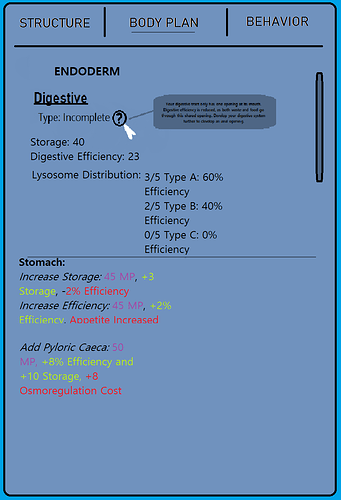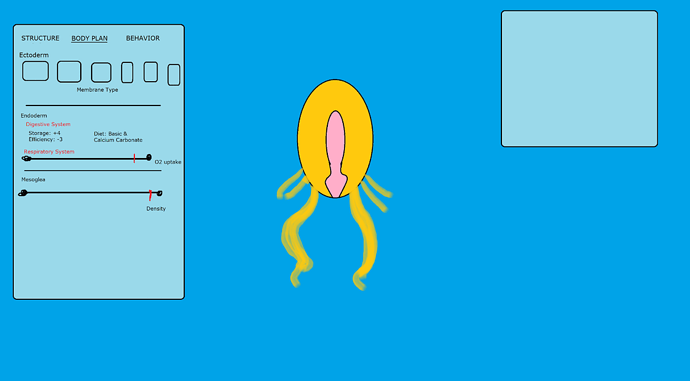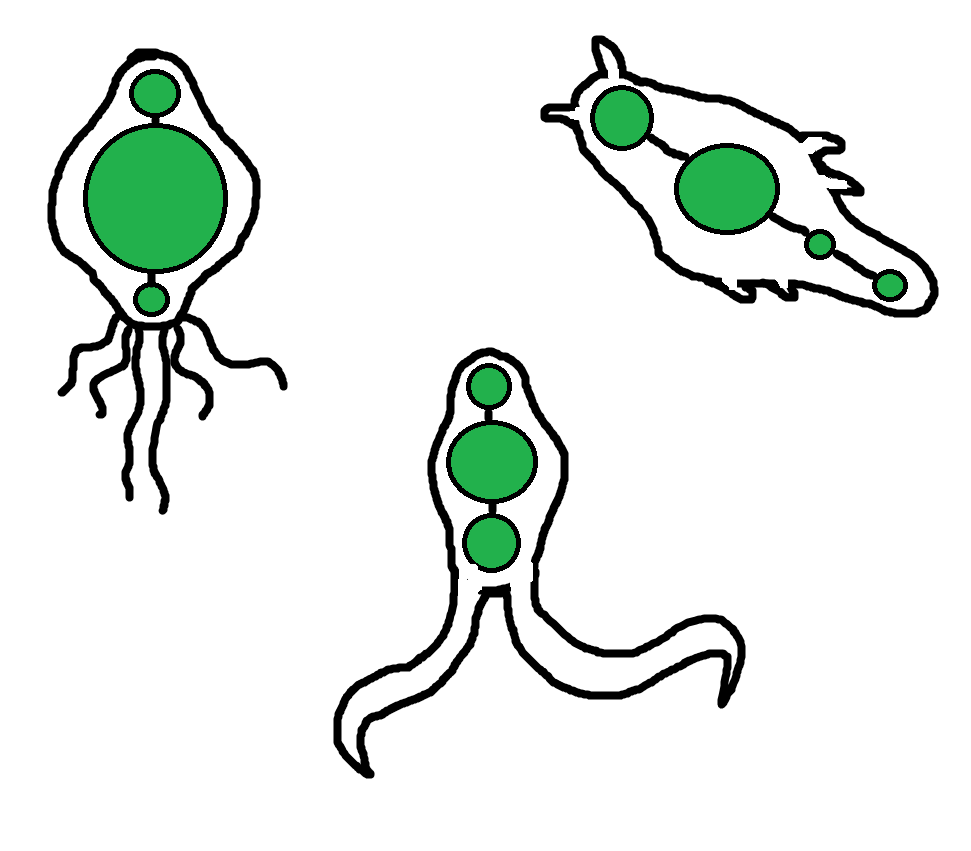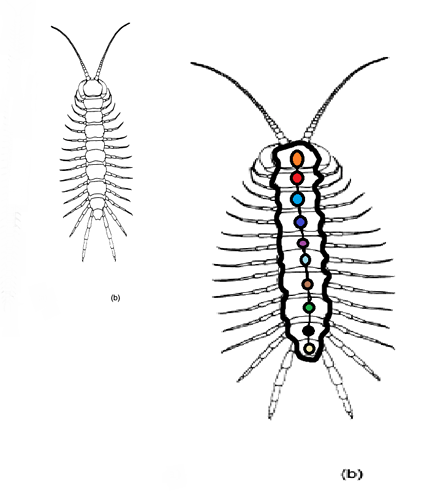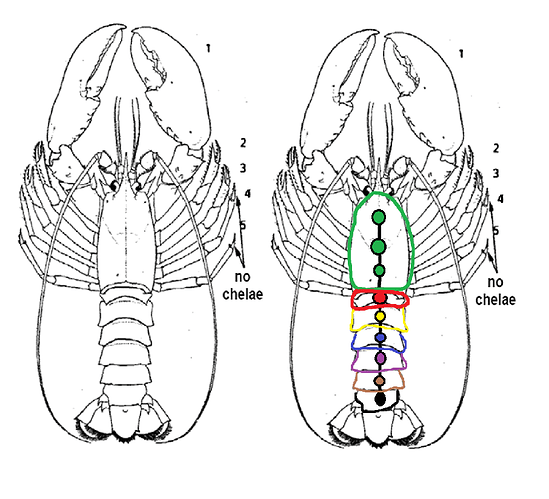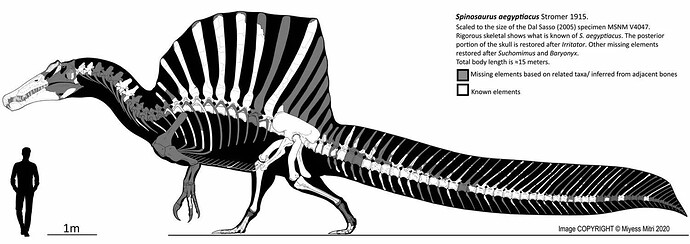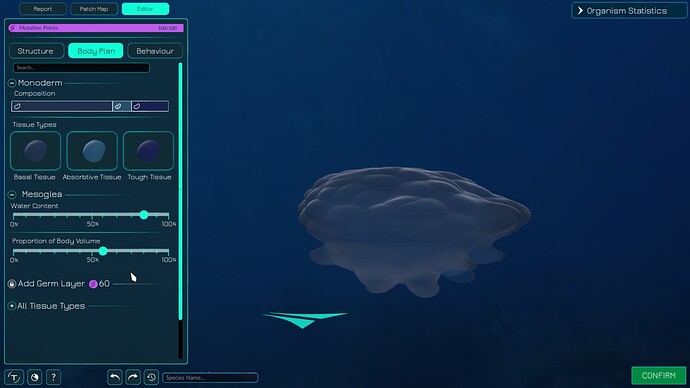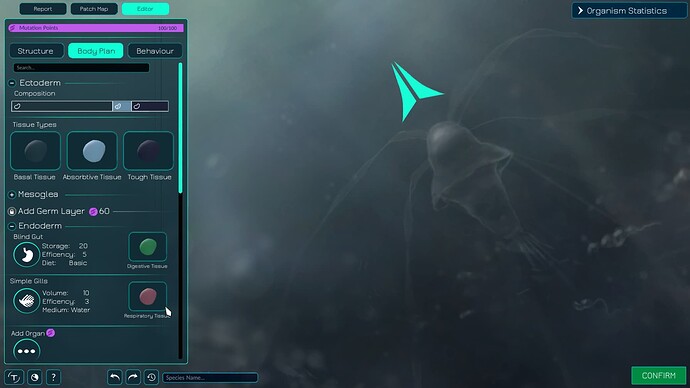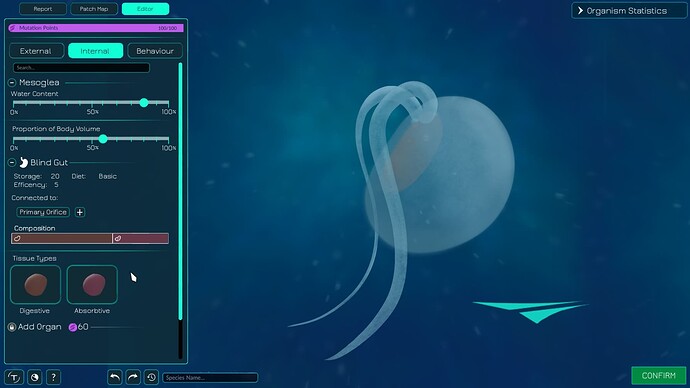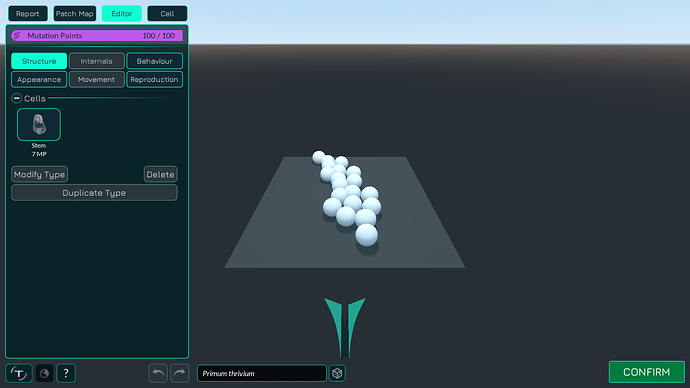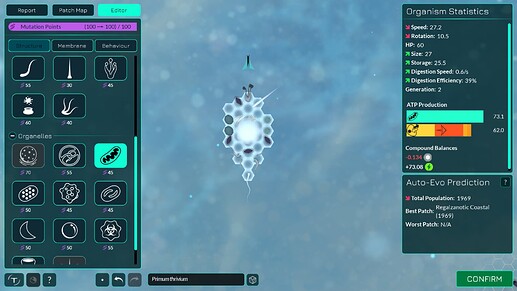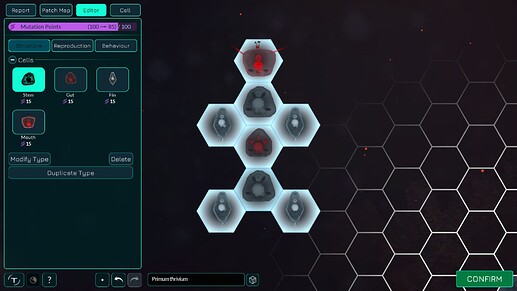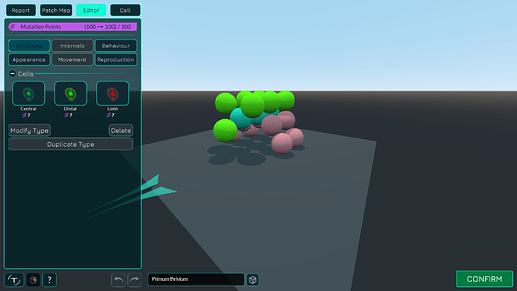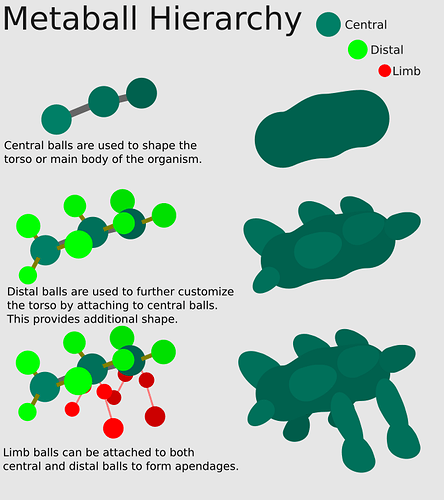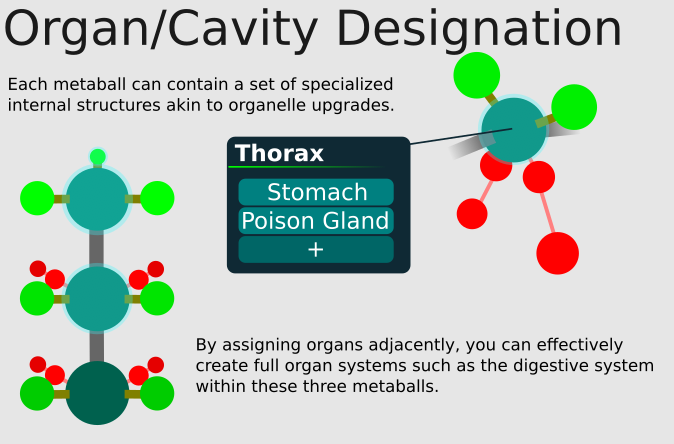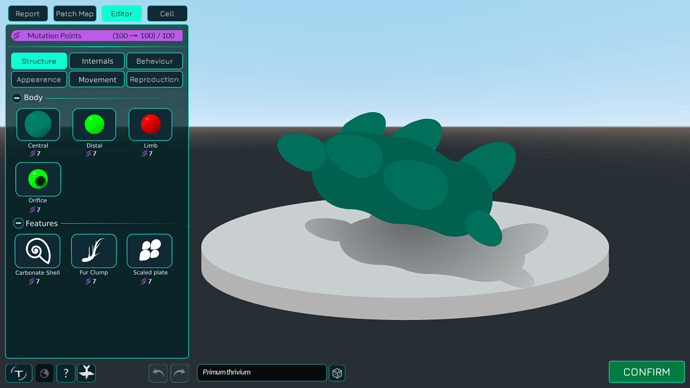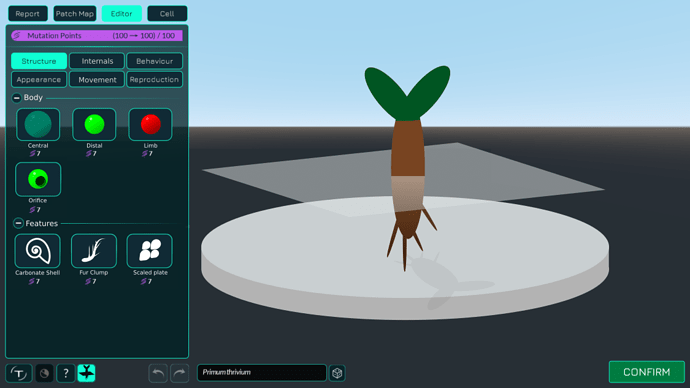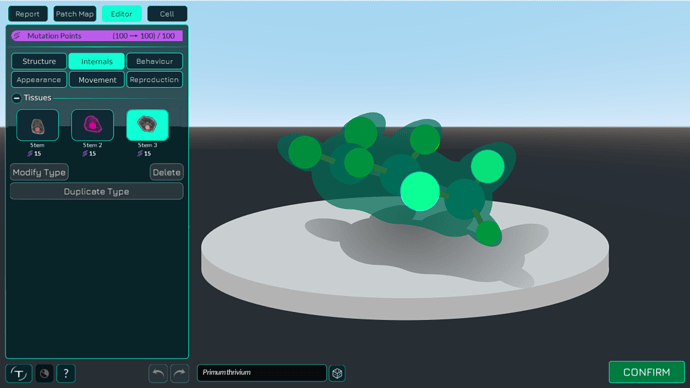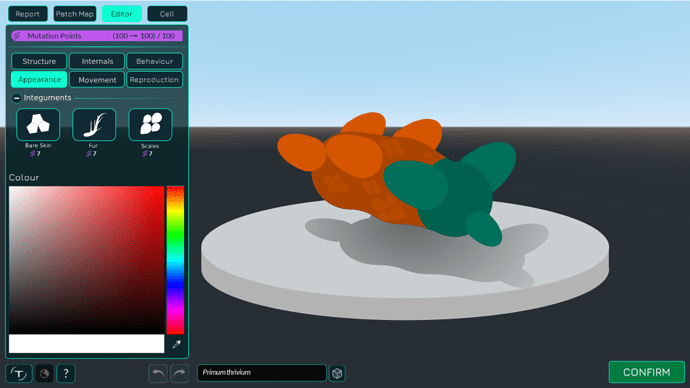I wanted to make a post which compiled my previous posts and will serve as a place for future concepts related to how we deal with the macroscopic editor since I feel like they’re some of the more detailed concepts we have in that area. I notice I find myself zooming around the forums to find material on this, so hopefully this post will centralize that discussion a bit.
I’d also like to note now that these discussions don’t really have a bearing on @hhyyrylainen’s work for the prototypes because those are meant to be proof of concepts and baselines more than actual complete stages. These concepts require much more discussion and detail to actually pull off, and would definitely require a whole lot of work in an area of the game that we aren’t really focused on at this moment. So I wanted to make that distinction now.
Discussion related to the 3D editor are spread out all across the place…
- 3D Editor Plans & Convolution Surfaces: A better alternative to metaballs - Focused on the technical side
- The Aware Editor and Mechanics - A general overview of how handling the editor can look from Buckly with various notable design thoughts from Narotiza
- Multicellular Stage: Status & Ideas? - A general discussion about the multicellular stages as a whole, which contain my original posts
But there isn’t much content focused on detailing how the editor will holistically offer the flexibility for players to create various types of body plans, and how the editor will progress with the evolution of morphological complexity (in other words, how progression will work with morphology). So, I want to collect my two posts, contextualize them, list out gaps in my existing concepts, and give indication of where we can go next. Note that not every idea in those posts are mine; there are a few ideas that have been established since 2012, and Buckly has created a pretty-slick concept for the editor UI (seen in the above links).
This is all far enough from the current moment that we don’t need to know exactly what we are going to do right now, but we definitely should have a rough idea of how things can be dealt with so that we aren’t hastily putting together concepts when we realize we are fast approaching a completed 2D stage. We don’t need a concentrated effort yet, but we should atleast have a centralized area of discussion so that we can understand where we are at and so that we know what areas are still murky.
First, I will discuss some general principles I have behind my thoughts regarding this topic…
Go From the Broadest to Most Specific Level of Complexity, not Other Way Around - We should establish how the broadest level of detail in an organism should work first before going more detailed rather than starting at a very specific level of detail and then going up.
To be more clear and explicit: I notice that we oftentimes approach the macroscopic editor by first thinking of designing the specific cell types that are featured in said macroscopic organism. The traditional Thrive line of thought was design the cell, turn that into tissue, and sculpt that tissue into a larger organism. But I really worry about this approach for many reasons…
- Tissue types are very interconnected and intertwined. A blood vessel is in a muscle tissue, which is laid on top of bones which have a very stiff outer layer of tissue and a very soft layer of internal tissue, and all that is under skin tissue. Of course, if we took this approach, we wouldn’t have this layer of complexity. But it reinforces how messy things can become. What if you want to replace a specific tissue type? What if you want to extend a bone but don’t have enough MP to extend the muscle and skin layers? How would the player be able to design a decent looking creature? It could all end up being a very lumpy and incoherent mess.
- There is an endless amount of organelles and adaptations we would implement if we wanted to go into a meaningful amount of replayability and diversity. The human body has atleast 200 types of cells (How Many Cells Are in the Human Body? Types, Production, Loss, More), with various specialized cells involved in the same organ and organ systems. We wouldn’t have this number of different cells be necessary of course, but the amount of unique adaptations, progression, and effort that would have to be put into even 50 different types of cells would be migraine inducing. And that would again lead to questions similar to those mentioned in the above point. For example, how could there be enough MP points to allow a player to design a cell then make a meaningful structure out of these cells? How will the player know which tissue needs to be upgraded? How would we limit progression and balance the game with this amount of detail? We could have it so that a player picks from a very few parts to define what a specific tissue type may be, but without an underlying system assisting this process, that would also lead to a lot of difficulties.
- If excessively burdensome, this system will likely take away focus from parts of the macroscopic editor that the player will have a very explicit interest in. I’m not 100% sure about this, but I think players will mostly be focused on broader details and more externally functioning parts, like limbs, rather than the tiniest specifics of their organs. The macroscopic stage will be all about interactions with other organisms and exploring the 3D environment, so we don’t want to bog the player down with too much micromanagement. Organs and organ systems will likely be used to define the behavior of an organism - what food it likes, its level of activity, its personality, preferred habitat, and certain unique abilities - so we don’t want to make the player think about every single component of their organism’s innards.
Considering all this, we should approach the question of the macroscopic editor through addressing the broad details of structure and body-plans first before diving into the details. The thoughts above were not arguing against the complete exclusion of editing very fine details in your organism - if properly done, it could heavily boost replayability and creativity in the macroscopic stage. Rather, I was making the point that approaching things by trying to think of how various incredibly detailed and distant systems could intertwine to create an incredibly complex macroscopic organism would result in a lot of pain.
The above principle has strong implications for the future of Thrive. For example, this probably means that we will address organ systems as a whole first before addressing specific organs. Instead of making the player create a digestive system by telling them to glue together a stomach, intestine, mouth opening, and anal opening, we will probably give the player a very basic digestive tract first and then allow the development of organs to operate almost as upgrades and specializations. The same principle will be applied to other parts of the game. We won’t make the player develop a endoskeleton piece by piece from scratch but will probably give them a notochord and use that as the base for developing other advanced parts. We won’t make the player deal with the circulatory system by making them coordinate various pumps and channels, but will give a basic circulation and will allow the player to tweak this circulation. The list goes on and on.
Be Mindful of Body-Plan Diversity - Many existing concepts address how morphology for organisms with an endoskeleton will work, but the majority of complex life either is soft-bodied, exoskeleton-based, or otherwise not bound to an internal skeleton, like plants. We should be mindful of this diversity.
With that discussed, I will now briefly summarize the two posts I have already shared. If you’ve already read my two previous posts on the topic, this is just compressing that information. So you can skip this section.
#1. TRANSITIONING TO AND THROUGHOUT COMPLEX MULTICELLULARITY
How will we deal with the huge transitions in the evolution macroscopic body plans?
Based on the above post, which has more detail and sources.
This addresses various areas…
- Dealing with the broadest levels of progression seen in metazoans
- Providing a basic understanding of how we will address some of the broadest level of details by shifting focus to body plans
- Providing the most basic tools for implementing change in body plans and organ systems
The topic of germ layers and the topic of embryology as a whole have been frontiers in developing our understanding of phylogeny and evolution over the past few decades. When experts refer to “true” mutlicellular organisms, they are referring to the presence of a germ layer in an organism.
Germ layers are most commonly used in the context of embryo development. They refer to one of three layers of cells in an embryo, and are important because each of these layers specializes into different types of cells. These are…
- Ectoderm - The outer layer, differentiates most notably into the skin and nervous system of an organism
- Mesoderm - The middle layer, differentiating into bones, various specialized muscles such as blood vessels and skeletal muscles. Interacts with other layers to produce more complex structures
- Endoderm - the innermost layer, differentiating into the gastrointestinal and respiratory system.
Sponges represent the only well-known metazoans that have no germ layers. Diploblastic organisms include comb jellies, jellyfish, and coral; the rest of the metazoans, including flatworms, arthropods, mollusks, and vertebrates are triploblastic. Triploblasty originates from diploblasty, and so on.
Gameplay wise, we can use the concept of germ layers to organize how progression as a whole can work, informing us on the various tools we need to offer to the player at various stages of complexity to make various forms of life.
The player developing a GI tract will serve as the advent of the complex macroscopic editor and the advent of the 3D editor and germ layers. Upon developing it, the editor will change from the familiar Structure - Membrane - Behavior organization to the macroscopic Structure - Body Plan - Behavior editor. Structure parts will change to become more macroscopic.
The Body Plan tab will deal with widespread, generalized changes to your organism’s germ layers. Things like changing the type of GI tract between a complete and incomplete system, instructing the development of an organ, changing lysosome composition, and other generalized features will be found here. So this concept proposes that organs are dealt with less through structure and more through body plan, which might be a bit different from what we are used to. I’m not particularly hellbent on this, but I think it helps to have organs composing a system under the same region in the editor.
Initially, the player will be diploblastic, having the ectodermal and endodermal tissue layers. The ectoderm provides tools for the player to deal with their skin, while the endoderm will provide tools for the player to deal with their basic respiratory and digestive tract.
The ectoderm will act vaguely like the prior membrane tab, allowing the player to shift between various outer layers. Single and double membrane layers will serve as “basic” uncovered skin (single membranes aren’t found in macroscopic organisms as far as I am aware, so this needs some thought beforehand). Cellulose will represent a plant-like build (sessile organisms will be addressed separately). Chitin, carbonate, and silicia will represent the various types of exoskeletons/outer-casings. Though it is important to note that silicia is oftentimes used only by unicellular or sessile organisms, and calcium carbonate is similarly used or is mixed in small concentrations with chitinous membranes, so we might need to restructure how we think about membranes.
The endoderm will serve as the basis of the respiratory tract and digestive system. Here are some of my previous thoughts since I can’t think of a way to simplify them:
some limited customization options will be present already in diploblastic organisms. For example, the digestive tract can allow customization of diet based on membrane, and can be customized to allow more storage and somehow correspond to digestive efficiency (how quickly you extract energy from food in your gut). Perhaps more storage means less efficiency while less storage means more efficiency? There can be many ways of dealing with this.
The basal respiratory system can have a slider related to oxygen-intake efficiency. Higher oxygen-intake efficiency gives you more energy quickly but burns through your energy source quicker, meaning you’ll need to be more ravenous, and also meaning your organism doesn’t do well in low-oxygen settings, such as the deeper ocean. Slower oxygen-intake efficiency gives you less energy but burns through your energy source slower, meaning you’ll have slower metabolism while also perhaps allowing you to live in the ocean depths.
As a diploblastic organism, you won’t have access to the mesoderm. Instead, you can determine the amount of “mesoglea” within your organism. More here…
The mesoderm will of course be missing at first in diploblastic organisms. Until then, the area in between the endoderm and ectoderm will be filled by mesoglea - the gelatinous material found in Cnidaria and Porifera which can be composed of both acellular and cellular material (question for theorists: is mesoglea assumed to be basal for all diploblastic animals or is it a unique adaptation to certain diploblasts?). A lack of mesoderm means the player will have limited options in regards to functionality drawn from mesoglea. However, one important function can be related to the organism’s density, and thus, whether your diploblastic animal drifts or crawls on the ocean floor: the more mesoglea, the less energy your organism needs to float above the surface of the water. As such, we can have a slider denoting the amount of mesoglea in your organism for now - more mesoglea means a lighter, more floaty organism akin to jellyfish, more agile and nimble yet more vulnerable to currents and with less health, while less mesoglea means a denser, more durable benthic organism with limited ability to get off the ocean floor.
The broader point is that we can address large changes to an organism’s composition through the body plan, and we can organize certain aspects of an organism’s body plan by grouping things into the endoderm, mesoderm, and ectoderm. And we can limit progression in these sections by emphasizing how important triploblasty is for the appearance of complex organs, with a lot of the more detailed components like a heart, large intestine, etc. being locked behind the mesoderm.
Note: The pop-up bubble next to “Type: Incomplete Digestive System” reads “Your digestive tract has only one opening, it being your mouth. Both food and waste go through this opening, reducing overall efficiency. Develop your digestive system further to create an anal opening and increase efficiency.”
Apologies for the hard to read text, but here is a basic concept of important information for the endoderm organized in the body plan tab. We ideally would want to use icons a lot more with a few expandable tabs for specific parts, perhaps in a way similar to the “Modify” UI layout concept. But I just listed some generic customization options I thought up of in 5 minutes.
My original concept had diploblasty (and thus the GI tract) developing when you click the “become macroscopic button”, This is a pretty broad jump, so we should think of a way to offer the development of diploblasty that isn’t such an abrupt change, meaning single germ-layer macroscopic organisms should be shown a bit of love. This would allow organisms like sponges to exist in Thrive. Regardless, we should offer diploblasty pretty quickly once the player becomes 3D, meaning whatever time before that would be pretty short with limited gameplay options (as is seen in really life really).
#2. THE VARIOUS BODY PLANS
How will we represent the various diverse skeletal (and non-skeletal) structures which anchor an organism’s entire being?
Based on the above post, which has more detail and sources.
This concept addresses these areas…
- Provides a backbone for addressing the various types of morphology which don’t have an endoskeleton
- Provides a brief overview of how gameplay and the editor will slightly differ depending on your chosen skeletal system
We oftentimes think of how the editor will work for organisms who are like us - who have an internal skeleton. But to call ourselves a self-respecting all-encompassing evolution simulator, we definitely need to address hydrostatic (soft-bodied) and exoskeletons as well.
I would like to clarify something before diving in, however. I use the term “initial limb investment” in this, and all that means is the amount of MP it costs to create the first section of a limb. “Editing a limb” means adding onto this first section. So if a creature has a high initial limb investment with cheap limb editing, that means it costs a lot of MP to place down the beginning of this limb, but it doesn’t cost that much MP to add on to this limb. It’s a general term that has popped up in discussions on this topic all across the place, so I wanted to make sure it was clarified atleast somewhere if it wasn’t specifically addressed before.
A lot of this is copy and pasted from the listed post, so if you already read it, there isn’t much new here. You can also find an extensive list of the pros and cons for each body plan system in the original concept post, which I think is rather insightful.
Hydrostatic Skeletons (Diploblastic or Triploblastic Basal Structure)
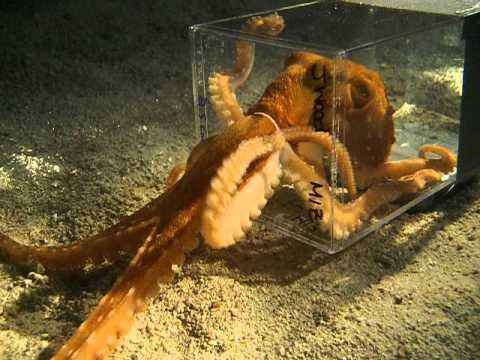
The first skeletal structure to arise, a hydrostatic skeleton is shaped by a fluid-filled opening (coelom) within an organism. It essentially means that an organism doesn’t rely on a hard, bone-like structure to create its shape, and is soft-bodied. Molluscs, jellyfish, comb-jellies, most worms, and the vast majority of animals are soft-bodied.
Editing the Torso - Soft-bodied organism metaballs will probably operate a lot like vertebrate metaballs, but will have a lot more freedom in terms of playing with the properties of each metaball. To clarify more, remember how in Spore, increasing the size of a certain metaball along the spine would also make other metaballs increase in size a bit? For soft-bodied organisms, that effect will be a bit less emphasized so that one metaball will have less of an effect on another. This will allow more creativity with shapes.
Editing Limbs - One unique thing with soft-bodied organisms I think would be cool to see reflected in game, while also giving them a unique trait for the player to play around with, is for the ability for the anterior side of the creature to not necessarily be where its mouth is. I’m thinking of jellyfish and octopi in particular. Perhaps we can attach an ability for soft-bodied limbs to move backwards rather than forwards?
Regardless, the initial investment for limbs for soft-bodied organisms should be rather inexpensive, but modifications for these limbs should be somewhat expensive.
Exoskeletons (Triploblastic Chitinous Structure)
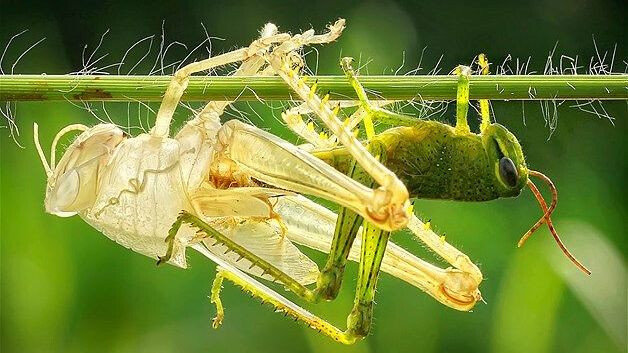
Editing the Torso - Each metaball within the torso represents a segment. To make a certain segment larger than another, the player can highlight specific metaballs and designate them as a group, which will serve an aesthetic purpose (what functional purpose should we attach?). For example, a player who wants to make a millipede like organism wouldn’t want to group any metaball together, while a player who wants to make an insect-like organism would want to group metaballs into 3 groups representing the thorax, head, and abdomen.
The segment with the mouth opening within it will be considered the head segment, and the segment with the anus opening within it would be considered the posterior.
Editing Limbs - Limbs should be rather easy to add for organisms with an exoskeleton, with both the initial investment for the joint and the modification of joints being rather inexpensive.
Concepts to illustrate segmentation. Note that different color metaballs belong to different segment groups. So for the centipede, each metaball is its own segment, for the ant, metaballs are split into three segment groups, etc.
Endoskeletons (Triploblastic Bone Structure)
Editing the Torso - This will probably be rather similar to Spore’s editor, so as of now I don’t think it needs too much explanation. Each metaball within the torso represents a vertebrae along the organism’s spine. You can manipulate each vertebrae to define your organism’s shape.
Editing Limbs - Limbs will be the costliest for organisms with endoskeletons, with both the initial limb investment and limb modifications being expensive. I think we should make the player specify where they would like to place a joint alongside the spinal cord instead of just having limbs be free dragging akin to Spore, although I am not too adamant about this of course. Once the player specifies this, a single jointed appendage can be placed. From there, players can add additional limb segments.
And that sums up my past two posts.
AREAS TO ADDRESS
The above concepts present an interpretation of the macroscopic editor which presents methods to limit progression, addresses broad questions of how various organ systems will progress and be demonstrated to the player, and how the player will be able to make dramatic changes to their body plans in a cohesive way to create the organism they want to create. But there are gaps that we must address to officially say that we have a basic comprehensive plan for dealing with the macroscopic editor as a whole.
We need to understand how we will deal with the “unlocking” of diploblasty and triploblasty. Will it be a button? Will we somehow be measuring player complexity and then offer them upgrades once they meet certain thresholds? Will the player have to evolve certain systems to officially reach the next level of complexity? And where will the jump from 2D to 3D officially take place? Should we keep it as it is now, where you must reach 20 cells to jump to becoming macroscopic? I’d again like to point out that these concepts assume a jump over the sponge “level of complexity” directly towards animals like jellyfish and ctenaphores.
We also need to fully detail how limbs and extending the torso will work. This is pretty easy since previous concepts exist here. Limbs are largely settled I’d argue with the only questions being related to specific modifications such as adding graspers, stingers, etc., but we need to make sure that we accommodate for the different types of body plan structure (exoskeletons and hydrostatic skeletons). We will also need to figure out how to deal with size, which is also pretty easy; we should just limit the total amount of size a player is able to add onto their organism per session so that they don’t just go from a shrimp to a whale in a generation, and we should make osmoregulation costs scale differently depending on their organ systems and skeletal structure.
We need to research the various unique organs found within each organ system (and different types of organ systems as a whole in fact) across the animal kingdom to offer a diversity of options to the player, and then provide customization/modification options for these parts. I predict that we probably won’t have a huge number of explicitly different organs, but we probably will have to offer decently-extensive customization options; both goldfish and cows have stomachs, but a cow’s stomach looks very different from a goldfish’s. We also need a basic understanding of how and where specific organs developed to understand the evolutionary pressures behind them - insects don’t have stomachs because they aren’t big enough to need anything much bigger than a gut, for example.
And shells which don’t explicitly act as an exoskeleton, such as with molluscs and snails, need to be dealt with.
So I think that we have a clear understanding of how the broadest level of macroscopic editing can work (if these concepts are accepted, of course). Now, we go down a level, making things more specific. Perhaps we can find a way to include cell-editing at the end of all this.
I’ll likely be addressing a rudimentary way of dealing with organ customization and development based on the above principles. I feel like a general understanding of that can give us a better understanding of how progression in the first few moments of the late-multicellular stage will work. From there, I’m sure things will snowball.
